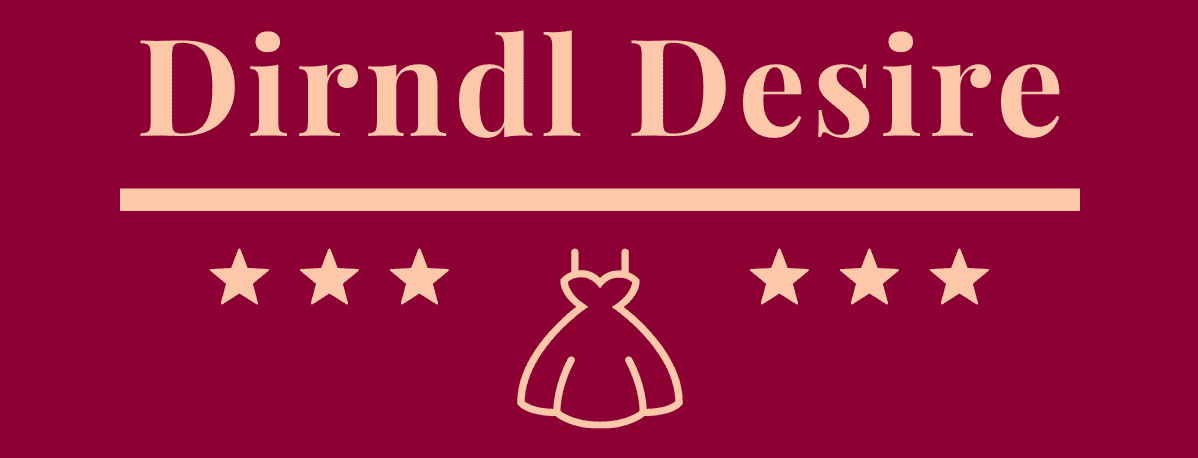Dirndls, traditional German dresses known for their distinct, feminine charm, continue to captivate fashion enthusiasts around the world. Originally worn in the Alpine regions of Germany, Austria, and Switzerland, dirndls have evolved from their traditional roots to become a fashionable choice for various occasions, from Oktoberfest celebrations to elegant evening events.
In this article, we’ll explore the latest styles and trends in dirndls, provide tips on choosing the perfect one, and offer insights into how to care for this timeless garment.
Why Choose a Dirndl?
Dirndls offer several benefits that make them a unique and stylish choice:
- Cultural Heritage: Wearing a dirndl allows you to celebrate and honor traditional Alpine culture and fashion.
- Versatility: Modern dirndls come in various styles, making them suitable for a range of events, from casual gatherings to formal occasions.
- Comfort: Designed to enhance comfort while maintaining elegance, dirndls often feature adjustable elements and high-quality fabrics.
- Timeless Appeal: The classic design of a dirndl ensures it remains a timeless wardrobe staple, providing both beauty and practicality.
Trending Styles in Dirndls
This season’s dirndls are available in a variety of styles, each offering a unique twist on traditional designs:
1. Classic Dirndls
Classic dirndls maintain the traditional look with updated elements:
- Bodice and Skirt: Traditional dirndls feature a fitted bodice with a low neckline and a full, pleated skirt. Modern versions may include variations in the skirt length and bodice design.
- Aprons: Classic dirndls are typically paired with a matching apron, often adorned with intricate embroidery or lace.
2. Contemporary Dirndls
Contemporary dirndls blend traditional elements with modern fashion trends:
- Slimmer Silhouettes: Modern dirndls often feature slimmer, more tailored silhouettes, offering a sleek and sophisticated look.
- Innovative Fabrics: New fabrics, such as lightweight cotton blends and stretch materials, provide added comfort and flexibility.
3. Fashion-Forward Dirndls
Fashion-forward dirndls push the boundaries of traditional design:
- Bold Prints and Patterns: Trendy dirndls incorporate bold prints and patterns, including floral designs, geometric shapes, and vibrant colors.
- Unique Details: Expect to see dirndls with unique details such as asymmetrical hemlines, cut-out designs, and statement accessories.
4. Luxury Dirndls
Luxury dirndls are designed for special occasions and high-end events:
- High-Quality Fabrics: Luxury dirndls are often made from premium materials such as silk, satin, and velvet, providing a sumptuous feel and elegant appearance.
- Exquisite Embellishments: Look for dirndls adorned with intricate beadwork, sequins, and detailed embroidery for a touch of opulence.
5. Eco-Friendly Dirndls
Eco-friendly dirndls reflect growing environmental awareness:
- Sustainable Materials: These dirndls are made from organic or recycled materials, combining traditional craftsmanship with modern sustainability.
- Ethical Production: Eco-friendly dirndls often come from brands that prioritize ethical production practices and fair labor conditions.
How to Choose the Perfect Dirndl
Selecting the right dirndl involves considering several factors:
- Fit and Comfort: Ensure the dirndl fits comfortably, with the bodice and skirt tailored to your body shape. Adjustable features, such as laces or buttons, can help achieve a perfect fit.
- Material: Choose a fabric that suits the occasion and weather. Lightweight cotton is great for casual wear, while luxurious materials are ideal for formal events.
- Style and Design: Consider the style that best suits your preferences and the event you’re attending. Traditional designs are perfect for cultural celebrations, while contemporary and luxury styles offer a modern twist.
- Accessories: Pair your dirndl with appropriate accessories, such as a matching apron, traditional jewelry, or a stylish hat, to complete your look.
Tips for Caring for Your Dirndl
To keep your dirndl in excellent condition and ensure it remains a cherished part of your wardrobe:
- Follow Care Instructions: Always check the care label for specific instructions. Hand washing or gentle machine washing in cold water is often recommended for delicate fabrics.
- Avoid High Heat: Dry your dirndl by laying it flat or hanging it to air dry. Avoid high heat, which can damage the fabric and embellishments.
- Store Properly: Store your dirndl in a cool, dry place, preferably in a garment bag to protect it from dust and damage.
- Handle with Care: Be cautious with delicate elements such as embroidery or beadwork. Handle your dirndl gently to preserve its intricate details.
Conclusion
New styles in dirndls offer a delightful mix of tradition and modernity, catering to various tastes and occasions. From classic and contemporary designs to luxury and eco-friendly options, there’s a dirndl for every preference. By choosing the right style and caring for it properly, you can enjoy the timeless elegance and cultural significance of this beautiful garment.
